Authentic Real Pokémon Cards: How to Identify and Buy Genuine Collectibles
Understanding Real Pokémon Cards
In the world of Pokémon trading card games (TCG), authenticity is paramount. Collectors, players, and enthusiasts alike benefit from understanding the characteristics that define real Pokémon cards, as these can significantly impact the value and credibility of one’s collection. With the proliferation of counterfeit products, distinguishing genuine cards from fakes has never been more essential.
Defining Authentic Pokémon Cards
Authentic Pokémon cards are officially produced by The Pokémon Company, ensuring both quality and design integrity. These cards can range from common cards that fill out a player’s deck to rare cards sought after by collectors. A card’s authenticity is established through various characteristics, including its holographic features, print quality, and long-standing brand recognition.
Common Characteristics of Real Pokémon Cards
Real Pokémon cards exhibit several distinctive features:
- Material Quality: Authentic Pokémon cards have a specific weight and thickness, boasting a smooth finish that feels premium in hand.
- Print Quality: Real cards are printed with crystal-clear images and vibrant colors, with no blurriness or misaligned prints.
- Holography: Many rare cards come with holographic designs that catch the light in unique ways, a feature often replicated poorly in fakes.
- Card Number and Set Symbols: Genuine cards will have accurate set symbols and card numbers, reflecting their place in the overall Pokémon card catalog.
Why Authenticity Matters in Collecting
Incollector’s circles, the authenticity of a card is vital. Real cards not only hold their value over time but often appreciate, particularly in the case of rare or limited runs. Conversely, counterfeit cards can devalue a collection, diminish trading prospects, and ultimately undermine a collector’s credibility. Choosing to invest in real Pokémon cards fosters a reliable trading environment and enhances the overall enjoyment of collecting.
How to Identify Real Pokémon Cards
Determining the authenticity of Pokémon cards requires keen observation and knowledge of specific indicators. Here are the primary ways to ensure that what you have or plan to purchase is genuine.
Visual and Textural Features to Look For
To identify real Pokémon cards, closely examine the following features:
- Light Test: When held up to a light source, real cards will exhibit a certain amount of translucency. Fake cards often block the light completely or shine unnaturally.
- Text and Font: Authentic Pokémon cards use specific fonts and text sizes. Compare questionable cards to verified copies for consistency.
- Surface Texture: The texture of a real card is smooth and slightly matte, while counterfeit cards may feel overly glossy or rough.
Common Counterfeits and How to Spot Them
With counterfeits becoming increasingly sophisticated, understanding how to spot them is crucial:
- Wobbly Cards: If a card wobbles after being released, it’s likely fake. Real cards typically lay flat without excess movement.
- Incorrect Color Patterns: Compare the colors of the card with official images. Counterfeit cards often have off-colored hues.
- Missing or Misprinted Features: Any discrepancies in holo patterns, borders, or other print features can indicate a fake.
Tools and Resources for Verification
Several resources can aid in verifying Pokémon cards:
- Online Guides: Websites dedicated to Pokémon collectible cards often feature comparisons and guides for spotting fakes.
- Professional Grading Services: Sending cards for professional grading can provide authentication, especially for high-value cards.
- Community Forums: Engaging in forums can yield insights from experienced collectors and experts, offering tips on identification.
Where to Buy Real Pokémon Cards
Identifying where to purchase real Pokémon cards is just as critical as knowing how to spot them. Below are the most reliable sources.
Top Online Retailers for Authentic Cards
Many online shops are trusted for their authenticity and customer service:
- Pokémon Center: The official site offers a wide range of products under the Pokémon brand, ensuring quality and authenticity.
- Amazon: Be sure to purchase from reputable sellers with positive ratings to avoid counterfeits.
- TCGPlayer: This marketplace connects buyers and sellers, allowing users to check seller ratings and buy authentic cards.
Local Game Stores: A Key Resource
Local game stores (LGS) not only provide an opportunity to purchase cards but also foster community interaction:
- Community Events: Many local stores host Pokémon events, which can also be ideal for direct purchases.
- Knowledgeable Staff: Employees are often knowledgeable about Pokémon cards and can assist in determining authenticity.
Community Recommendations and Reviews
Community feedback can guide you in identifying trustworthy retailers:
- Social Media Groups: Engage with community groups on platforms like Reddit or Facebook to learn about top sellers and experiences.
- Review Sites: Utilize review platforms to vet online sellers before making a purchase.
Pricing and Value of Real Pokémon Cards
Understanding the market value of Pokémon cards can greatly enhance both collection efficiency and investment potential. Here’s how to assess the worth of your cards.
Factors Influencing Card Value
Several elements come into play when determining the market value of a Pokémon card:
- Rarity: Cards categorized as Rare Holographic, Ultra Rare, or Secret Rare typically command higher prices.
- Condition: The condition significantly affects a card’s value, with grading scales ranging from Near Mint (NM) to Poor (P).
- Market Demand: Trends can cause fluctuations in demand for particular cards, impacting their market prices.
How to Evaluate Card Worth
Evaluating card worth involves several steps:
- Research Current Prices: Check reputable sites to see what similar cards are selling for.
- Use Grading Services: Having cards graded by professionals can provide clarity on their condition and value.
- Track Selling Trends: Marketplaces provide sold listings that can inform whether you might be underpricing or overpricing your cards.
Tracking Market Trends for Genuine Cards
Staying informed about market trends is essential for any collector:
- Follow Online Auctions: Websites hosting auctions can help you see real-time trends in pricing.
- Engage in Forums and Communities: Joining collector communities can offer insights on emerging trends based on collective experiences.
Building Your Collection of Real Pokémon Cards
Curating a collection of authentic Pokémon cards is an art that combines passion, strategy, and community engagement. Here are some effective methods for building a robust collection.
Strategies for Curating Your Collection
To strategically build your Pokémon card collection, consider the following:
- Begin with Your Favorites: Focus your initial purchases on cards representing your favorite Pokémon or sets.
- Set Goals: Outline specific collecting goals, like acquiring a complete set or targeting specific rare cards.
- Keep a Wishlist: Maintain a running list of cards you aim to acquire, which can help guide your purchases and trades.
Networking with Other Collectors
Building relationships within the Pokémon community can enhance your collection experience:
- Attend Community Events: Engage in local or regional Pokémon events to make connections.
- Join Online Forums: Participate in discussions on platforms like TCGPlayer, where collectors share insights, trades, and experiences.
Participating in Pokémon Card Events
Participating in events is a great way to expand your collection:
- Tournaments: These events not only allow you to compete but also to meet potential traders and collectors.
- Convention Appearances: Many collectors gather at conventions to discuss cards, share strategies, and trade.
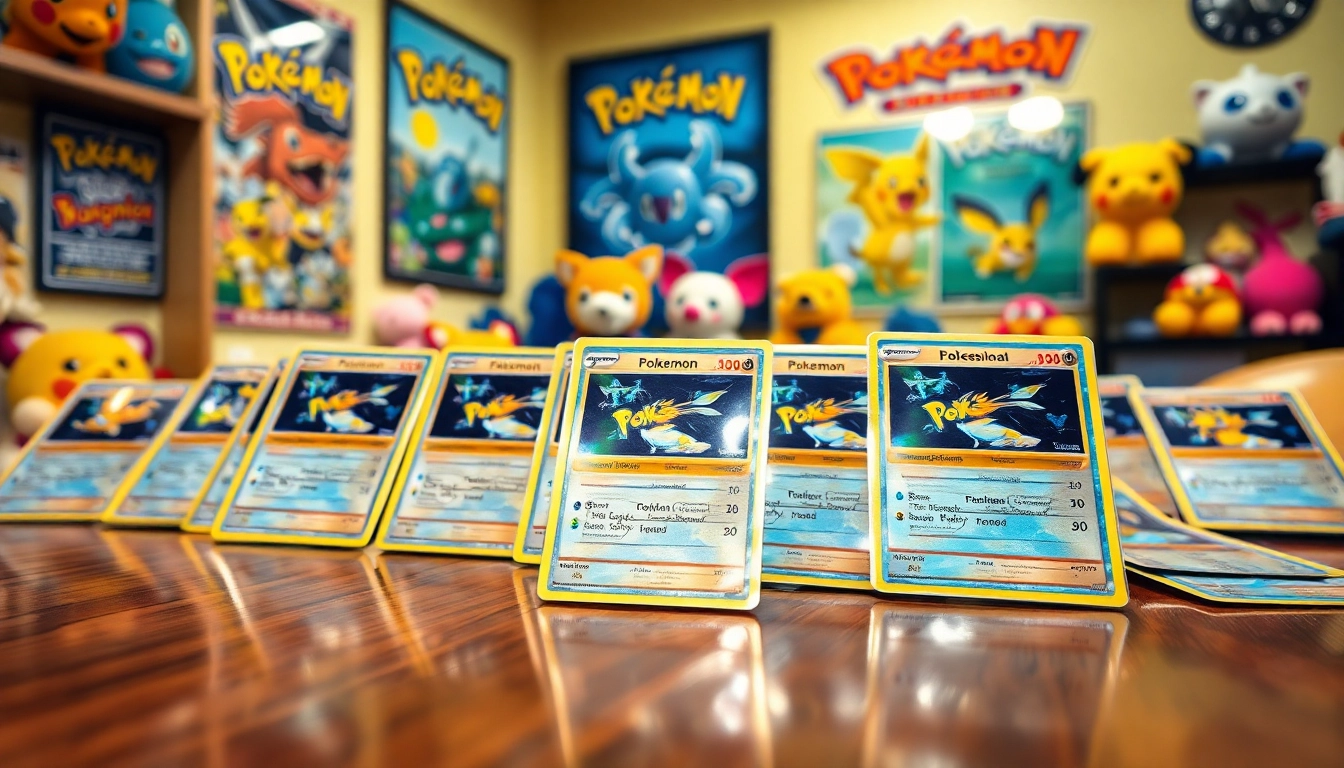
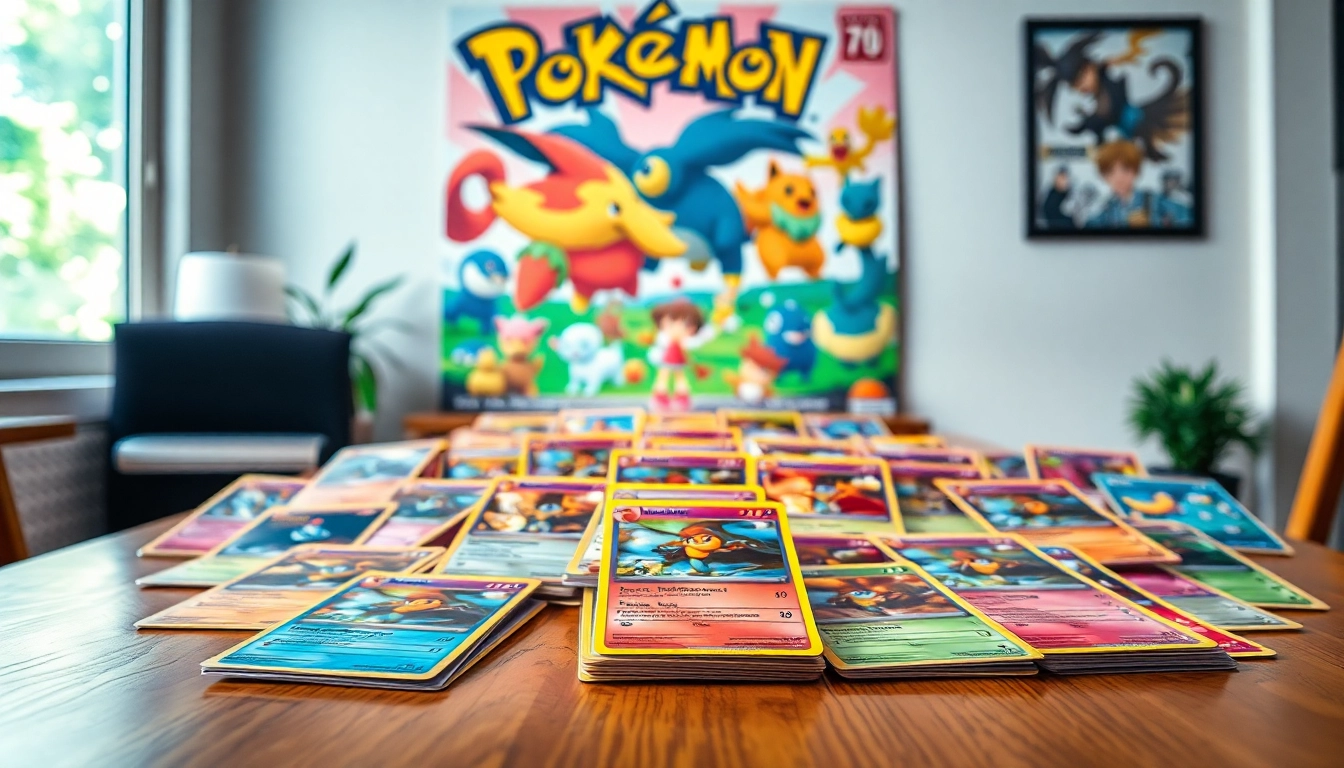
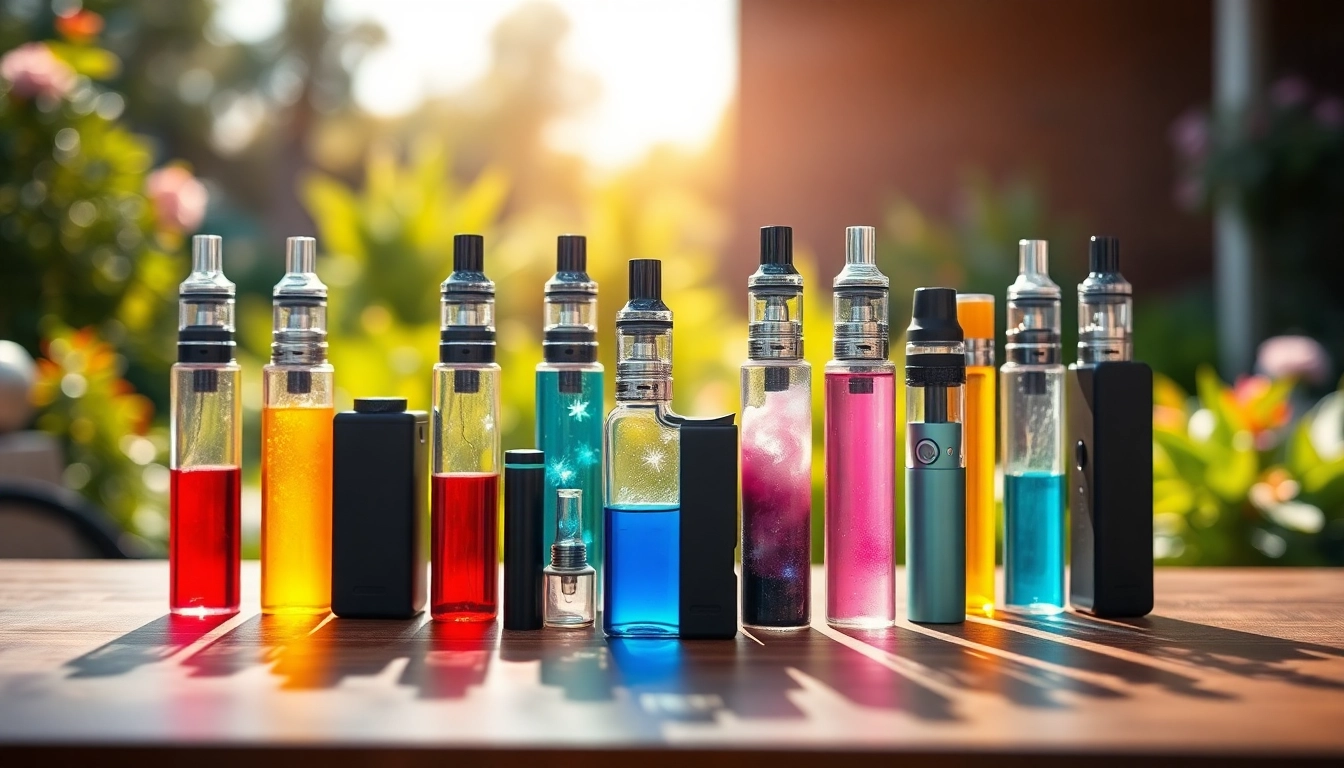






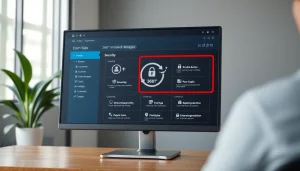

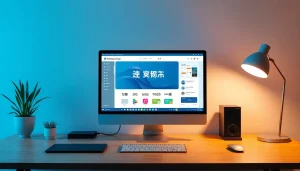

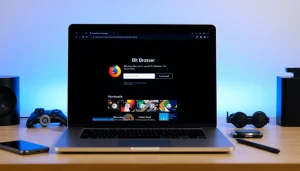
Post Comment